Technological Innovations
Technological advancements play a pivotal role in shaping the Cordless Vacuum Cleaners Market. Innovations such as improved battery life, enhanced suction power, and smart connectivity features are driving consumer interest. For instance, the introduction of lithium-ion batteries has significantly extended the operational time of cordless vacuums, making them more appealing to consumers. Furthermore, the integration of smart technology, such as app connectivity and automated cleaning modes, is likely to attract tech-savvy buyers. Market data suggests that the adoption of these advanced features could lead to a 20% increase in sales within the next two years, as consumers prioritize efficiency and performance in their cleaning devices.
Health and Hygiene Awareness
The growing awareness of health and hygiene is influencing the Cordless Vacuum Cleaners Market. Consumers are increasingly concerned about indoor air quality and the presence of allergens, which has led to a heightened demand for efficient cleaning solutions. Cordless vacuum cleaners, often equipped with HEPA filters, are perceived as effective tools for reducing dust, pet dander, and other allergens in the home environment. This trend is further supported by data indicating that households with pets are more likely to invest in high-performance cordless vacuums. As health consciousness continues to rise, the market for these cleaning devices is expected to expand, with projections indicating a potential growth rate of 12% annually over the next five years.
Evolving Consumer Preferences
Evolving consumer preferences are significantly impacting the Cordless Vacuum Cleaners Market. As lifestyles change, particularly with more people working from home, the need for efficient and versatile cleaning solutions has become paramount. Consumers are gravitating towards cordless models that offer flexibility and convenience, allowing them to clean various surfaces without being tethered to a power outlet. Market analysis indicates that the preference for cordless vacuums is likely to increase, with a projected market share growth of 25% in the next five years. This shift reflects a broader trend towards multifunctional home appliances that cater to the dynamic needs of modern households.
Rising Demand for Convenience
The Cordless Vacuum Cleaners Market is experiencing a notable surge in demand for convenience-driven cleaning solutions. Consumers increasingly prefer cordless models due to their lightweight design and ease of use, which allows for quick clean-ups without the hassle of cords. This trend is particularly evident in urban areas where space constraints make traditional vacuum cleaners less practical. According to recent data, the cordless vacuum cleaner segment is projected to grow at a compound annual growth rate of approximately 15% over the next five years. This growth is indicative of a broader shift towards more user-friendly home appliances, as consumers seek products that enhance their lifestyle and simplify household chores.
Sustainability and Eco-Friendly Products
Sustainability is becoming a key driver in the Cordless Vacuum Cleaners Market. Consumers are increasingly seeking eco-friendly products that align with their values, leading manufacturers to focus on sustainable materials and energy-efficient designs. The demand for cordless vacuums made from recyclable materials and those that consume less energy is on the rise. This shift is reflected in market trends, where eco-conscious consumers are willing to pay a premium for products that contribute to environmental preservation. As a result, the market for sustainable cordless vacuum cleaners is projected to grow by approximately 18% over the next three years, as brands respond to consumer preferences for greener alternatives.


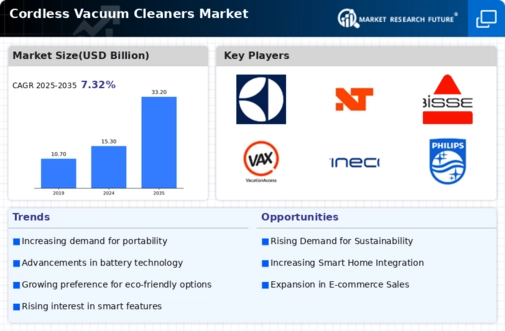
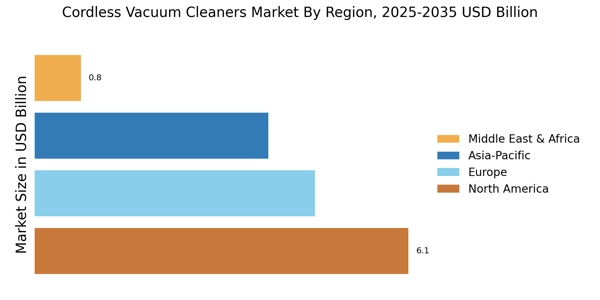
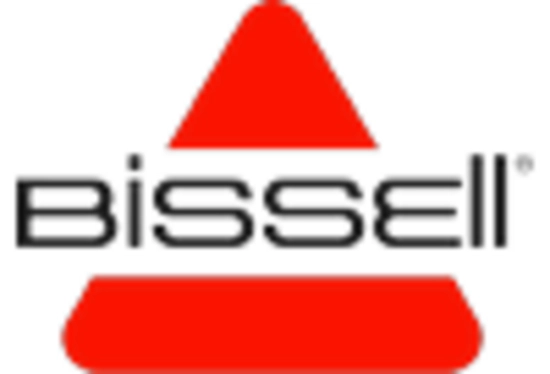

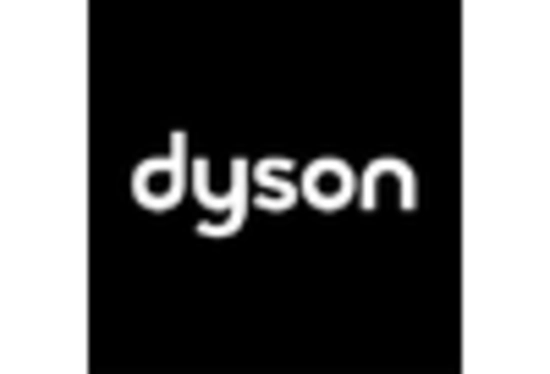


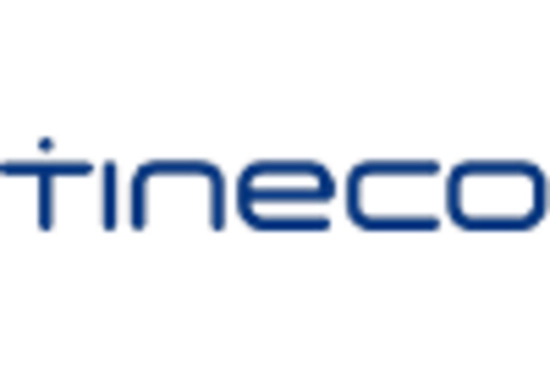








Leave a Comment